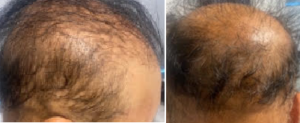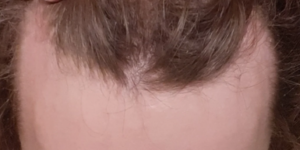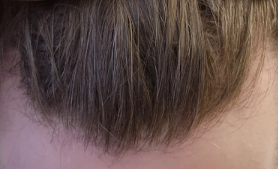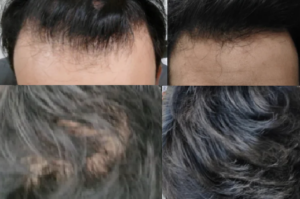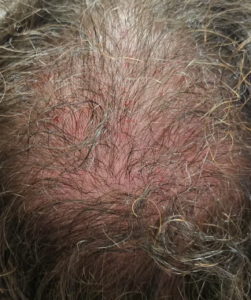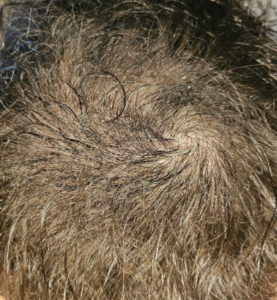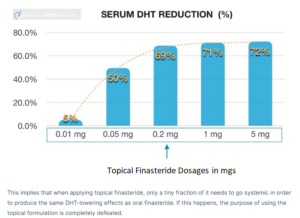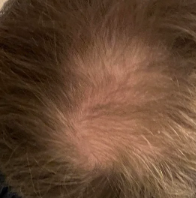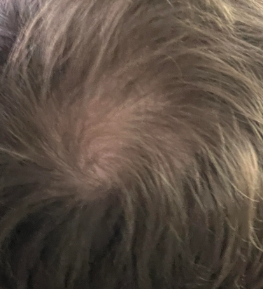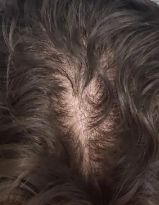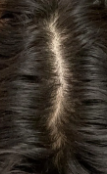The Bombay High Court is seeking action against a dentist performing Aesthetic and Hair Transplant Surgeries as a result of a public interest litigation petition. The dentist was trained as an oral and maxillofacial surgeon, apparently under the auspices of his Dental license. The action is being taken because the Dental Council of India filed for permission for oral and maxillofacial surgeons to perform this type of surgery.
The demand for hair transplants has made this field lucrative for many doctors ever since the FUE was introduced as a clinical alternative for strip hair transplant surgery in 2002. The FUE has gone viral as a surgical procedure, as the learning curve is compressed for the surgeon who hires skilled available technicians. This had extended to Turkey, where over 1 million hair transplants were being performed by non-licensed technicians (who learned the technique by watching doctors or other technicians) until just recently. The Turkish government appears to have cracked down on these non-licensed clinics.
Please note that hair transplant surgery does not JUST require FUE skills. It requires many other skills, so be careful when checking out doctors who offer FUE without credentials or training. Deaths have occurred because many of these “Black Market Providers” don’t understand the effects of even something as simple as Xylocaine and the long-acting Marcaine, commonly used in dental and other cosmetic practices. Too much Marcaine will paralyze the heart, while too much Xylocaine will cause seizures, possibly leading to asphyxiation.

